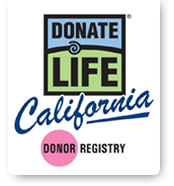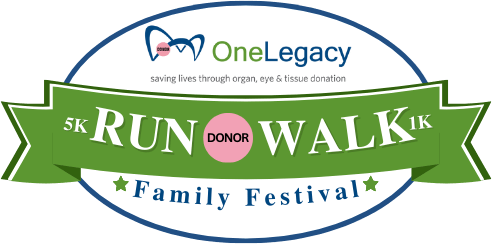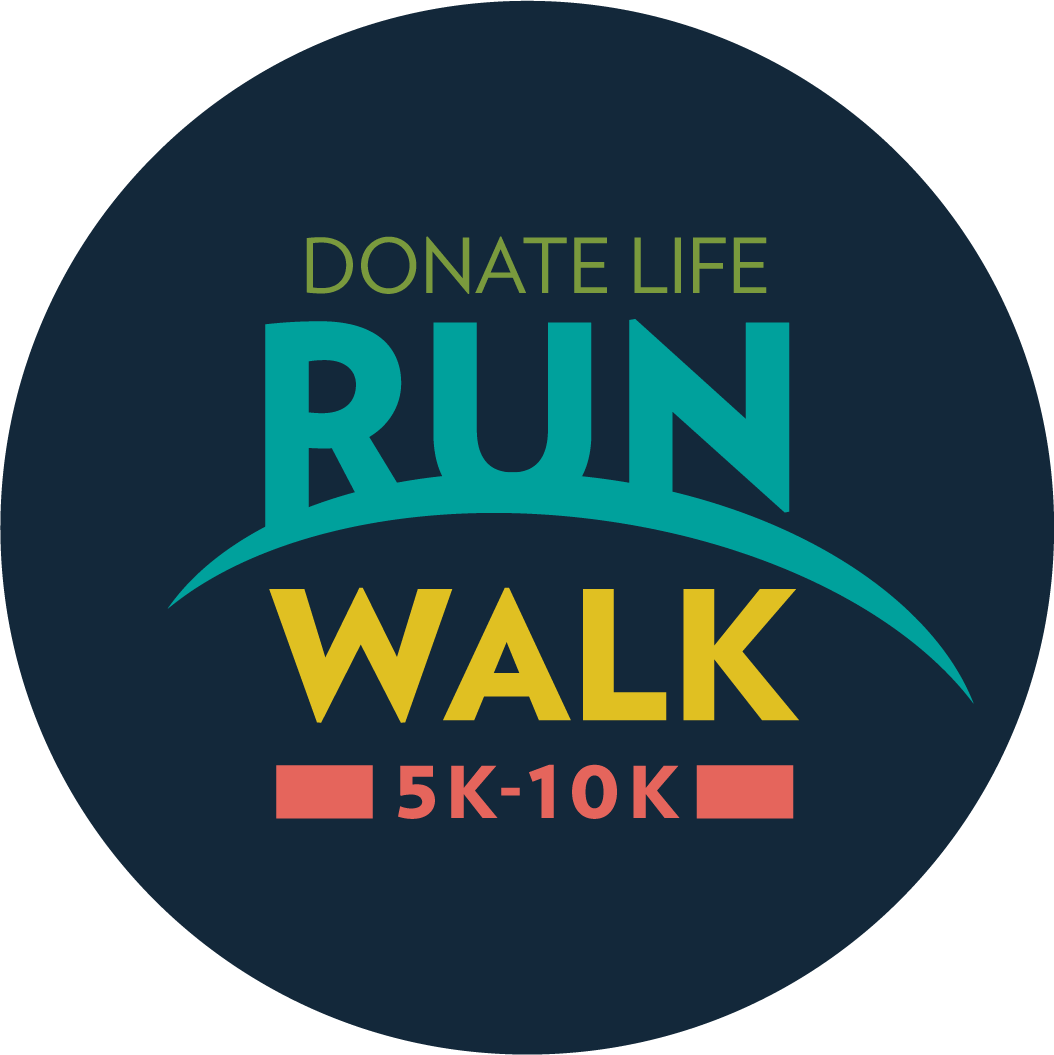Life-saving Organ Donation Surges in California
 SAN DIEGO, Calif., Sept. 1, 2015 – Donate Life California, the nonprofit, state-authorized organ, eye and tissue donor registry, today announced that life-saving organ donation has increased 8 percent in California hospitals in the past 12 months, and the first six months of the year 2015 has seen an impressive 12 percent surge when compared to the past three-year average. All four California organ procurement organizations (OPOs) report increases this year, with OneLegacy (Greater Los Angeles) up 18 percent, Sierra Donor Services (Sacramento) up 14 percent, Lifesharing (San Diego) up 10 percent, and Donor Network West (Northern/Western California) up 6 percent.
SAN DIEGO, Calif., Sept. 1, 2015 – Donate Life California, the nonprofit, state-authorized organ, eye and tissue donor registry, today announced that life-saving organ donation has increased 8 percent in California hospitals in the past 12 months, and the first six months of the year 2015 has seen an impressive 12 percent surge when compared to the past three-year average. All four California organ procurement organizations (OPOs) report increases this year, with OneLegacy (Greater Los Angeles) up 18 percent, Sierra Donor Services (Sacramento) up 14 percent, Lifesharing (San Diego) up 10 percent, and Donor Network West (Northern/Western California) up 6 percent.
“We credit this growth to the collaboration of hospitals, physicians, and their OPOs,” said Tom Mone, CEO of OneLegacy, the organ recovery organization for the seven-county greater Los Angeles area. “We all work together to help families incorporate donation into end-of-life care plans, and the OPOs have stepped up efforts to be on-site to assist hospital staff, doctors and families to Donate Life. The growth of the Donate Life California Organ & Tissue Donor Registry, with nearly 12.5 million registrants, has also been a major factor.”
“These increases are welcome news to the nearly 22,000 people awaiting organ transplants in California,” said Charlene Zettel, CEO of Donate Life California. “We applaud our hospitals and OPOs for their commitment to saving lives. Imagine how many more lives they could save if every Californian signed up to Donate Life.”
2012-2015 Organ Donor Statistics California’s OPOs
Donor 2012-April 2015 Data Source: http://optn.transplant.hrsa.gov/converge/latestData/viewDataReports.asp; accessed 7/20/15; supplemented with May-June 2015 donor data from each OPO.
The state’s 20 certified transplant centers are currently caring for more than 23,000 patients waiting for organ transplants, which is nearly 18 percent of the U.S. transplant waiting list and well beyond the state’s 12 percent of the nation’s population. At the same time, California has one of the nation’s youngest and healthiest populations with a long life span, so organ donor potential is 21 percent lower than the country as a whole. As a result of these demographic factors, average waiting time for transplants in California is the longest in the country; a challenge that has brought the California Hospital Association (CHA) and the OPOs together to improve national organ allocation rules to reduce these long waits and save more lives through organ, eye and tissue donation.
Californians can register to be donors by checking “YES!” at the California Department of Motor Vehicles (DMV) or by signing up at www.donateLIFEcalifornia.org.
Fast Facts from Donate Life California:
- One in five on the national organ transplant waiting list lives in California.
- More than 29,000 people in the U.S. begin new lives each year thanks to organ transplants (about 81 transplants every day).
- 22 people die each day because the life-saving organ they needed did not become available in time.
Contacts: Brianne Mundy Page, Donate Life California, 858-220-8351, brianne@donateLIFEcalifornia.org; Tom Mone, OneLegacy, 424-298-0229, tdmone@onelegacy.org.
About Donate Life California:
Donate Life California is the nonprofit, state-authorized organ, eye and tissue donor registry. Individuals can add their name to the registry by checking “YES!” every time they renew/apply for their driver license or ID card at the California Department of Motor Vehicles (DMV). This ensures their desire to donate life will be carried out. A pink “DONOR” dot is added to their driver license or ID as a symbol of their decision. Individuals can also sign up online at www.donateLIFEcalifornia.org or www.doneVIDAcalifornia.org. As a public service, the registry ensures all personal information is kept confidential and stored in a secure database, accessible only to authorized organ and tissue recovery personnel at the time of an actual donation opportunity. The registry is administered by Donate Life California and California’s four nonprofit, federally designated organ procurement organizations (OPOs): Donor Network West, Lifesharing, OneLegacy and Sierra Donor Services.








